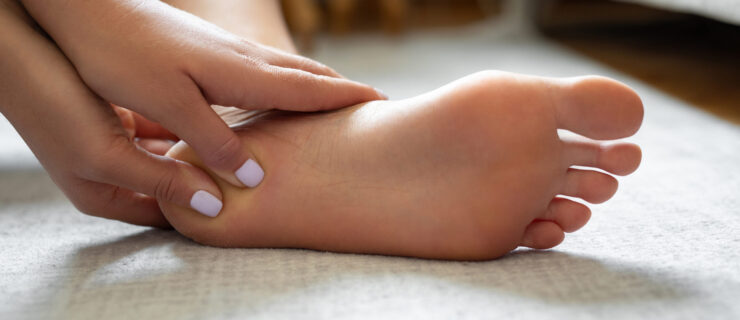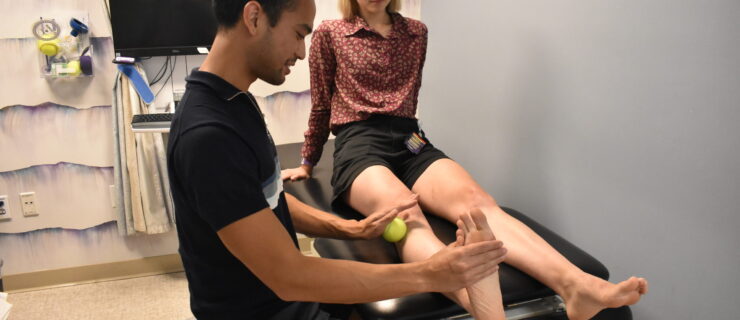Eating Healthy — Even If You're On A Limited Budget
It’s the dancer’s dilemma. You need to eat well, but nutritious food can seem pricey. Being a dancer, however, doesn’t have to mean a life of ramen noodles. With a little resourcefulness, you can get the foods you need to stay strong—without depleting your bank account.
1. Eat breakfast.
If you skip breakfast, you’re more likely to binge on expensive food mid-morning. “Eggs are fabulous sources of protein, and they’re cheap,” says Leslie Bonci, RD, MPH, company nutritionist for the Pittsburgh Ballet Theatre and director of nutrition at the University of Pittsburgh Medical Center’s Center for Sports Medicine. One egg has 70 calories and 6 grams of protein.
Eggs also won’t make you feel bloated. Prepare them plain, stuff them in a burrito with some veggies or prepare them as a frittata. Even if you eat out, a classic diner breakfast of eggs and bacon will give you a lot of fuel for less than the price of a large frozen cappuccino. Oatmeal, another breakfast standby, is a good meal any time of the day. Save money by choosing a container of plain oats over a box of individual packets.
2. Put the freeze on fruits and veggies.
Frozen produce is just as good as fresh—better, if you consider that “it’s cheaper and lasts longer, because you won’t end up losing a lot to spoilage,” says sports nutritionist Nancy Clark, MS, RD. Use frozen fruit to make smoothies, and add frozen vegetables to your eggs or into a premade can of soup. You can also toss in veggies with chicken or tuna for a cheap stir-fry.
3. Drink your nutrition.
“Smoothies are a fabulous way to pack a lot of nutrients into a portable meal,” says Bonci. “I always recommend low-fat milk, 1% or less. Cow’s milk is less costly than soy milk, and rice milk is nutritionally inferior to [both] and is pricey, too.” Mix milk, yogurt, frozen fruit and two tablespoons of dry milk powder in a blender for a cheap, easy-to-digest meal that’s high in protein, calcium, vitamins and minerals. Milk powder, which runs about $6 per 320-ounce box, is good to add to beverages and soups for extra calcium and protein, because it won’t dilute liquids.
4. Go nuts.
“Peanut butter is one of the best sports foods,” says Clark. It’s high in protein and you’ll get energy without feeling too full. Clark recommends that all dancers keep a jar around for snacking. Put some in a pita or on a celery stick or banana. The healthiest peanut butter is “all natural,” meaning peanuts and salt are the only ingredients. These run between $3.50 and $5 per 8-ounce jar. Nuts are also good sources of inexpensive protein. Mix with yogurt for extra calcium. Peanuts and sunflower seeds are the best bargain buys (roughly $1 for a half-pound bag of either). Even if you splurge every once in a while on pricier nuts such as macadamia or pistachios, the large bag should last long enough to make the expense worthwhile.
5. Shop by unit price.
Resist the urge to purchase small cartons of yogurt or single energy bars. You’ll most likely spend much less in the long run if you buy large cartons of yogurt and boxes of bars. It’s best to shop by unit price, or the cost per unit, rather than sale price (exception: anything that spoils). Unit prices are typically listed next to sale prices. Compare the unit price of a 12-ounce can of soup with a 24-ounce can of soup; in most cases, the 24-ounce can will cost less per ounce.
6. Make your own coffee.
If you’re buying a cappuccino three times a week, you’re throwing away a lot of cash. Better to brew your own coffee and save the money for nutritious food. “Whip up your own [frozen coffee] with ice, coffee, vanilla yogurt and dry milk powder for extra protein,” says Bonci. Your frozen drink will have less sugar and more calcium and protein.
7. Look for deals. Shop with coupons and buy what’s on sale. If frozen berries are discounted, purchase three bags instead of one. Split the cost and the food with friends or roommates.



